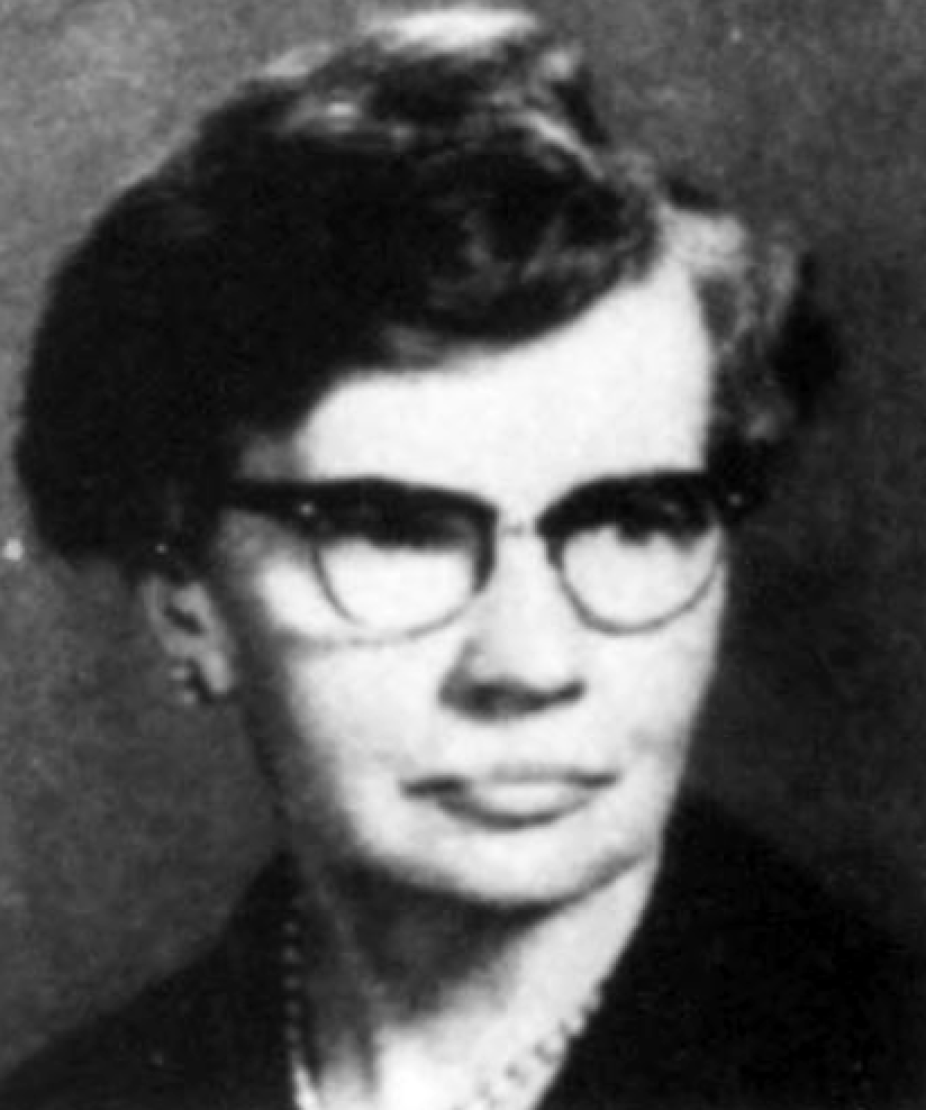Charlotte Moore Sitterly (1898–1990)
Charlotte Moore Sitterly was an American born astronomer known for her substantial spectroscopic research of the sun and chemical elements. Her data tables, known for their reliability, are still relevant today and referenced regularly.

Charlotte Moore Sitterly, 1961.
Sitterly was raised a Quaker and was a lifelong member of the Fallowfields Friends Meeting. While attending Swarthmore College for mathematics, Sitterly also was active in ice hockey, student government, and glee club. To help pay her tuition, she tutored young students from first grade to high school. This tutoring experience caused her to realize that as a profession teaching was "too wearing."
Once she graduated from Swarthmore in 1920 with a Bachelor of Arts degree in mathematics, Sitterly started working at Princeton University Observatory as a “human computer.” She worked for and collaborated with Henry Norris Russel running calculations for adjusting photographic plates used to determine the Moon's position. Sitterly's work at Princeton stimulated her interest in astrophysics, specifically, a fascination with binary stars and stellar mass (resulting in extensive collaborative publications). She also made an effort to classify 2500 stars based on their spectra.
Five years later and in partnership with Princeton University, she moved to Mount Wilson Observatory in Los Angeles. At Mt. Wilson, she concentrated on solar spectroscopy, including the study of the Sun's spectral lines and chemical elements. She was instrumental in redetermining the new International Angstrom scale. Charlotte earned her PhD from the University of California at Berkeley in 1931—unable to attend Princeton because women PhD students were not allowed and would not be for the next 30 years. After receiving her PhD she returned to Princeton to continue work with Russell as a research assistant.
In 1945, Moore joined the National Bureau of Standards, researching infrared solar spectrum and atomic energy levels. She worked with astronomer Richard Tousey using V-2 rockets to improve observing capability by eliminating interference from the earth's atmosphere.
In 1937 Moore married Bancroft Sitterly, a physicist she met while working at Princeton. In 1949 she was elected an associate of the Royal Astronomical Society of Great Britain. In 1958 Sitterly took part in the tenth general assembly of the International Astronomical Union on the Joint Commission on Spectroscopy in Moscow. She was 70 when she retired from NBS in 1968, but continued her research at the Naval Research Laboratory. Sitterly authored and co-authored over 100 publications. In 1988 she was recognized by the Journal of the Optical Society of America with an honorable-commemorative issue.
Bibliography
Wikipedia, Charlotte Moore Sitterly.